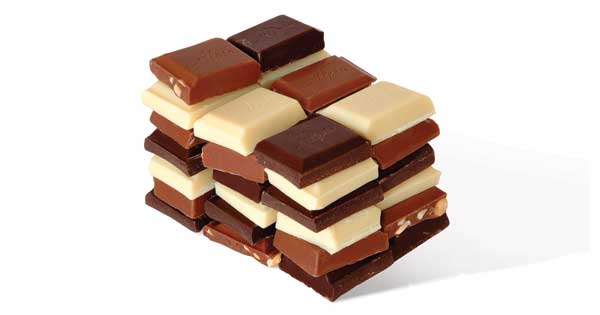
Improve brain function, reduce cholesterol, and cut risks of heart disease and diabetes: a recent write-up from Harvard University, a report from the American Academy of Neurology, and a 2007 study by doctors at the University Hospital of Cologne all suggest that chocolate, ingested in moderation, is good for your health. Dark chocolate is credited with lowering blood pressure, for instance, and chocolate of any type seems to suppress strokes in men. Such investigations of chocolate’s flavonoids and other beneficial chemical compounds put lab coats on the product of a tree whose scientific name, Theobroma, means food of the gods.
Initially harvesting cacao in the wild and later cultivating the plant, Mayans used the beans as currency and produced a bitter drink thought to aid minor ailments. The Aztecs also bartered for the beans but softened the harshness of the drink with honey and extracts of flowers, including vanilla. Booty from the Spanish conquest included chests of the stolen beans. The drink flowed through Europe’s elite in various luxury infusions, but it wasn’t until the 19th century—with a nudge from the Dutch—that Englishman Joseph Fry made what we’d recognize as the first chocolate bar.
Today, with the help of improved machinery, the stuff is enhanced with such diverse flavorings as bourbon and chipotle. One chocolatier, Richard Donnelly in Santa Cruz, California, describes what he sees as a trend toward microconfectionery. “There was no industry to support small-batch chocolate makers 10 years ago,” he says, “but equipment is now affordable enough for small companies to make chocolate from scratch.”
Not to mention manufacturing gustatory delight and elevating the health of their customers.

